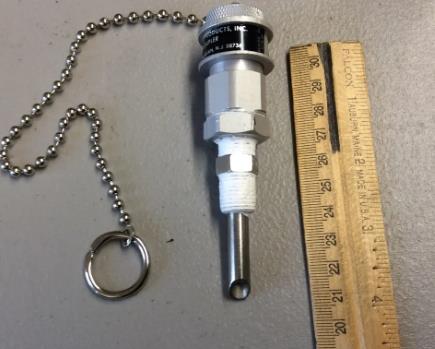What Is a Sampling Site Coupler?
A sampling site coupler, often referred to as a directional coupler or probe coupler in RF and microwave engineering, is a sophisticated device designed to extract a small portion of the energy from a waveguide for analysis or measurement without disrupting the main signal flow. This tool is crucial in telecommunications, radar systems, and test environments, where precise signal monitoring and adjustments are necessary for system optimization and troubleshooting.

Essential Functions and Capabilities
Selective Signal Sampling
The primary function of a sampling site coupler is to sample the electromagnetic energy passing through a waveguide without significant interference with the transmission. This sampling is typically achieved through a probe or small antenna that taps into the waveguide, extracting a minute amount of energy—often less than 1% of the total signal power. This capability allows engineers to monitor and analyze the signal characteristics such as power levels, frequency, and phase without the need for interrupting or diverting the main signal.
Directional Coupling for Accuracy
Sampling site couplers are inherently directional, meaning they are designed to sample signals in a specific direction. This directionality is crucial for accurately determining the power flow and ensuring that the measurements reflect the actual conditions within the waveguide. For example, a coupler might have a directivity rating of 30 dB or higher, indicating a strong ability to discriminate between forward and reverse power flows, which is essential for accurate diagnostic and monitoring applications.
Applications in Communication and Measurement Systems
Telecommunications
In telecommunications, sampling site couplers are used to continuously monitor signal integrity and power levels across network segments. They provide vital data that helps in maintaining system performance and troubleshooting issues without disrupting the service. This real-time monitoring is particularly important in systems like fiber optic communications, where signal degradation can lead to significant data loss.
Radar Systems
In radar applications, sampling site couplers are employed to extract signal samples for processing and analysis, helping to refine radar detection capabilities and efficiency. They allow for the calibration of radar systems and adjustment of parameters to optimize the detection of objects at various distances and speeds.
Scientific Research and Development
Sampling site couplers are also instrumental in scientific research environments, particularly in experimental physics and engineering labs. Researchers use these devices to measure the properties of electromagnetic waves under various experimental conditions, contributing to advancements in materials science, wave propagation theories, and microwave engineering.
Enhancing System Performance and Reliability
Minimal Signal Disturbance
One of the key benefits of using sampling site couplers is their minimal impact on the signal path. By extracting only a tiny fraction of the energy, these couplers ensure that the primary signal remains largely undisturbed, thus maintaining the system's overall performance and reliability.
Cost-Effective Monitoring
Implementing sampling site couplers in RF and microwave systems offers a cost-effective solution for continuous monitoring and diagnostics. By enabling early detection of potential issues and facilitating ongoing adjustments, these couplers help reduce maintenance costs and prevent costly downtimes.
Sampling Site Coupler technology is indispensable across various high-frequency applications, providing a reliable means for signal sampling and monitoring. This tool not only enhances the performance and reliability of RF systems but also supports innovative research and development efforts in the field of microwave engineering.